Welcome to our comprehensive analysis of railcar maintenance and qualification, focusing on the fast-approaching milestone of a significant number of railcars reaching their ten-year mark. As the industry faces this wave of aging railcars, understanding the intricacies of efficient shop operations, well-formulated scheduling, and cost-effective practices becomes paramount. Embark with us on this insightful journey, as we uncover concrete examples, delve into the finer details, and fortify your operations in this challenging environment.
Understanding the Importance of Railcar Qualification and Maintenance
Railcar qualification and maintenance both play vital roles in ensuring safety and efficiency in the rail shipping industry. It’s crucial to follow strict requirements to avoid costly consequences. In this case, being proactive with maintenance tasks helps railcars meet qualification criteria.
The rail industry heavily relies on rigid qualification and dependable maintenance. They act as vital shields, ensuring secure and hassle-free commodity transit, enhancing rail crew safety, and prolonging railcar lifespan.
Why the rigorous process? Here’s why.
Qualified Railcars Mean Safe Cargo, Safe Crews, and Safe Investments
Qualification is how a railcar’s fitness is judged. It ensures the safe carrying of various goods, without exception, and failing to keep up with maintenance can end in expensive failures. These failures can be avoided by abiding by the high bar set in railcar qualifications.
Crew safety is also paramount. The working environment for railroad crews can pose unique hazards. Keeping railcars in top-notch condition mitigates these risks, making a safer workspace for both the railroad’s crews, and yours.
Moreover, railcars are a significant investment. Like any valuable asset, they need constant care to ensure they don’t depreciate at a more rapid rate. Regular upkeep extends railcar’s service life, lessens ownership costs, and enhances financial outcomes.
Upcoming Years of Railcar Maintenance and Qualification
Maintenance facilities often face pressure to accommodate the influx of railcars needing service. As a result, railcar owners must plan ahead to avoid delays and increased costs tied to this peak demand period.
As we’ll take a look at next, beginning in 2024 and lasting for a few years, there will be a significant period of railcars needing qualification – so a more robust schedule of maintenance is important.
Upcoming 2024 Railcar Qualification Period
Picturing what lies ahead, it becomes clear that 2024 is a significant milestone. An in-depth examination of available data uncovers a higher-than-average percentage of cars slated for qualification in 2024. This insight necessitates a thorough discussion of the impending surge on maintenance workload and the optimal strategies to counteract its implications efficiently.
The crux of this challenge stems from a substantial wave of railcar production between 2013 and 2015. They’re now approaching a crucial point— the ten-year mark. At this stage, they need a thorough look into their health, or ‘qualification’. Incredibly, here at RSI Logistics, we have found that up to around 30% of the total fleet for some of our clients will need to be sent to a shop during this period.
This scenario introduces a challenge. Many railcars needing a check-up at once means busy days for maintenance facilities. It calls for smart planning. Railcar owners need to efficiently distribute work and resources to ensure every railcar gets its due care without delays.
So, planning for the predicted qualification wave from 2024 to 2026 isn’t a simple task of marking your calendar. It requires long-term planning, using advanced railcar management tools like Rail Command®, and listening to expert guidance, to ensure all needed railcar qualifications happen in a timely manner.
Understanding Maintenance Shop Turn-Around Times
Evenly paced maintenance work can ensure railcar readiness and streamlined operations. To achieve this, we need to grasp the current ‘turn-around times’ at maintenance shops.
Turn-around time refers to how long a railcar stays in a maintenance shop before it’s back on track. It varies based on the type of cargo the car carries, which determines what type of railcar it is, and where the maintenance shop is located.
Let’s explore some real-life figures. For one RSI client, data from the past two years showed an average of 103 days. For another client, the figure was almost half— around 53 days. TrinityRail’s maintenance services sets a benchmark in this context. Across all their shops, the average turn-around time is lean and efficient at 58 days.
Grasping the Current State of Maintenance Shops
Let’s now turn our attention to the current capacity of maintenance shops and the challenges they confront. Key factors, such as staff strength, equipment availability, and process smoothness, come under our radar.
Maintenance shops are bustling. They’re working at full swing, with capacity hovering between 90% and 100%. This pace is likely to continue until we navigate past the qualification surge expected in 2022, 2023, and 2024.
A case in point is railcar lessor GATX’s shops. With the shops operating at full capacity, a wait time of two to three weeks has emerged before a railcar can get a home shop assignment for qualification.
These numbers are important for planning purposes. If half of your fleet needs qualifying during the upcoming next few years, and it takes an average of 50 to 100 days, without a long-term schedule that is set up in advance, you could find yourself without enough railcars to ship your goods.
Later in this discussion we’ll look at some operational tactics for enhancing your railcar’s qualification and maintenance process, including pre-planning for railcars to be at a shop.
Making Railcar Maintenance More Effective
This section delves into strategies backed by industry experts to optimize the maintenance and qualification of railcars. The focus here is to discuss practical, take-home advice for smoother operations for your organization.
Syncing Planning Between Businesses and Car Owners
Having a plan for your business’ qualification and maintenance schedule is important. However, what is nearly as important is to communicate that plan to relevant stakeholders. Once you have a plan for your own business, share that plan with your car owners. Having everyone on the same page will help the qualification process to move smoothly and quickly.
Streamlining Diversions and Sending Cars to Shop
Take some time to review your current processes for diverting and rebilling cars to shops. With tight schedules and timeframes, each stage of the process must maximize efficiency, but diverting and rebilling are especially important to pay attention to, since these are somewhat manual processes. Without the automation aspect, it becomes even more critical to ensure the manual aspects are reviewed and optimized.
Early Car Shipment: A Good Practice
Shipping railcars to maintenance shops early helps dodge the traffic. Waiting until the last minute to shop your railcar also means that you have no choice but to wait if there are delays in the process. Sending railcars early, if you have the opportunity, will mean less forced delays later.
Furthermore, regularly scheduling shop assignments, either for individual cars or projects, ensures a held shop space in routine operations.
Considering Different Cleaning Methods
Explore third-party or mobile cleaning units. Using these can give you a greater range of opportunities for qualifying your railcars and allow you to ensure cars are as clean as possible while potentially avoiding excess product disposal costs.
Furthermore, to help shops turn cars faster, it’s beneficial to clean them before sending them for maintenance. Equally important is to prepare return instructions even before the maintenance concludes for swift re-service.
Thinking Ahead: A Plan for Aging Railcars
Sometimes, older railcars may find it hard to qualify in the standards check. As always, we recommend having a contingency plan in case some of your railcars don’t make it through the process. This includes understanding the costs involved in their maintenance or replacement, so you’re financially ready.
Charting through the intricate maze of railcar qualification and maintenance challenges, we’ve unveiled strategies founded on detailed data examination and profound industry insights. With the application of these tactics, optimizing your operations becomes attainable. We hope this informative voyage has empowered you with a broader knowledge base to navigate industry challenges confidently. As your journey continues, may these insights serve as a compass, directing you towards improved, data-driven, decision-making and, subsequently, amplified business growth.
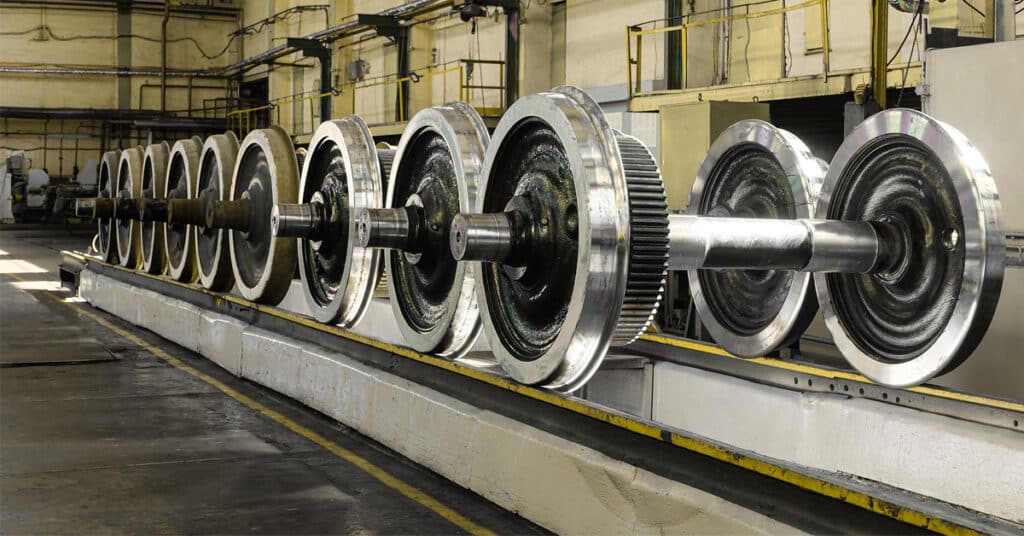
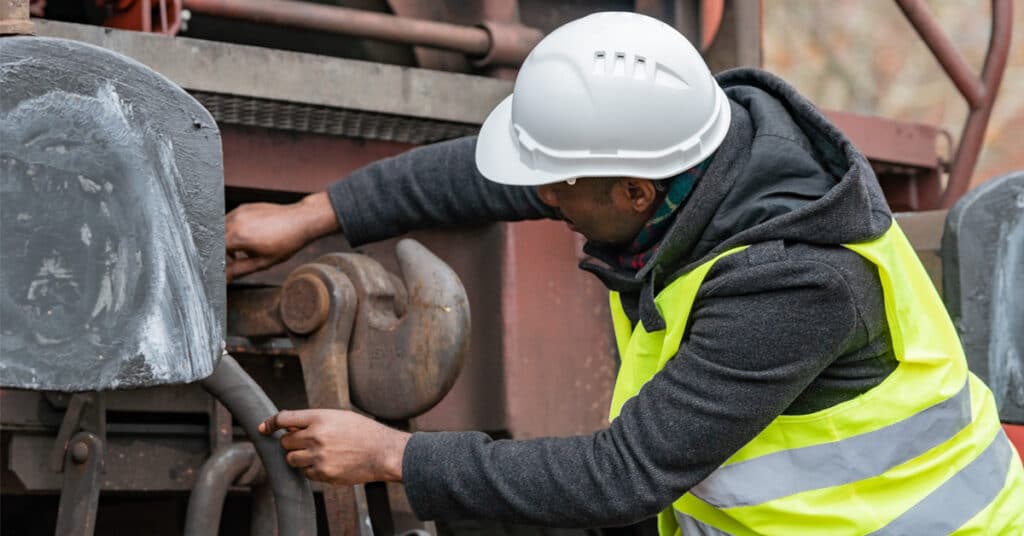
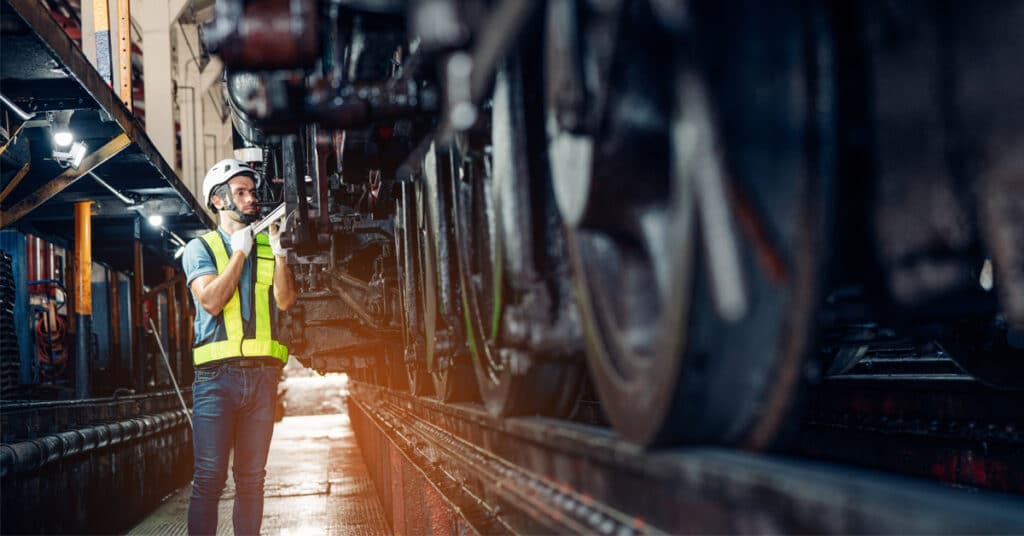
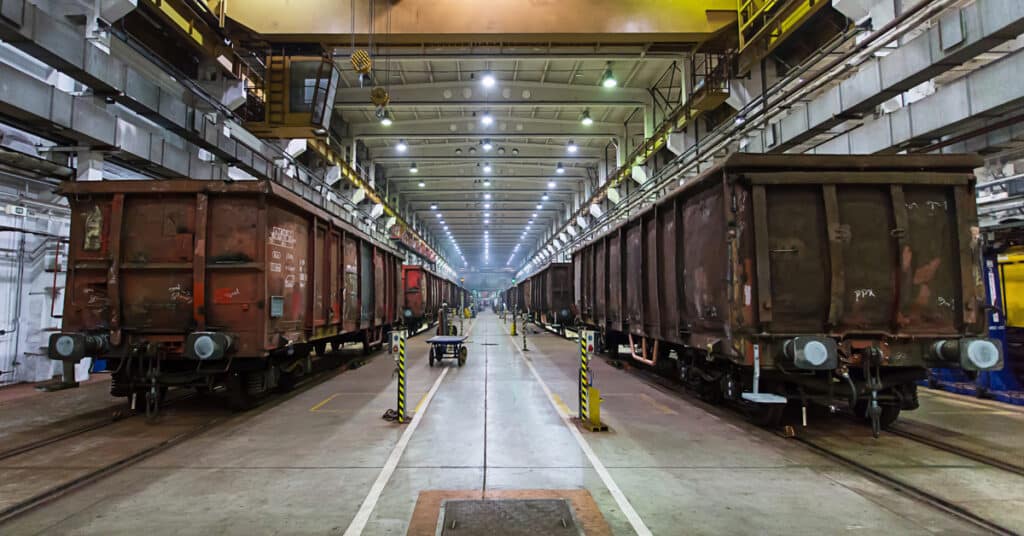

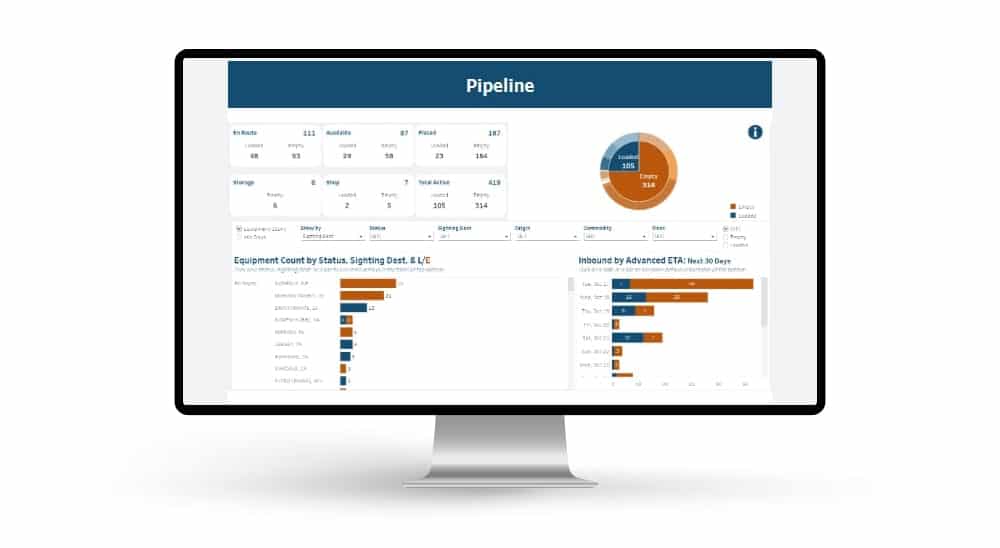 Automated exception reporting of the railcar tracking data makes it easy to identify and troubleshoot jeopardized shipments, thereby enabling you to provide better service to your stakeholders.
Automated exception reporting of the railcar tracking data makes it easy to identify and troubleshoot jeopardized shipments, thereby enabling you to provide better service to your stakeholders.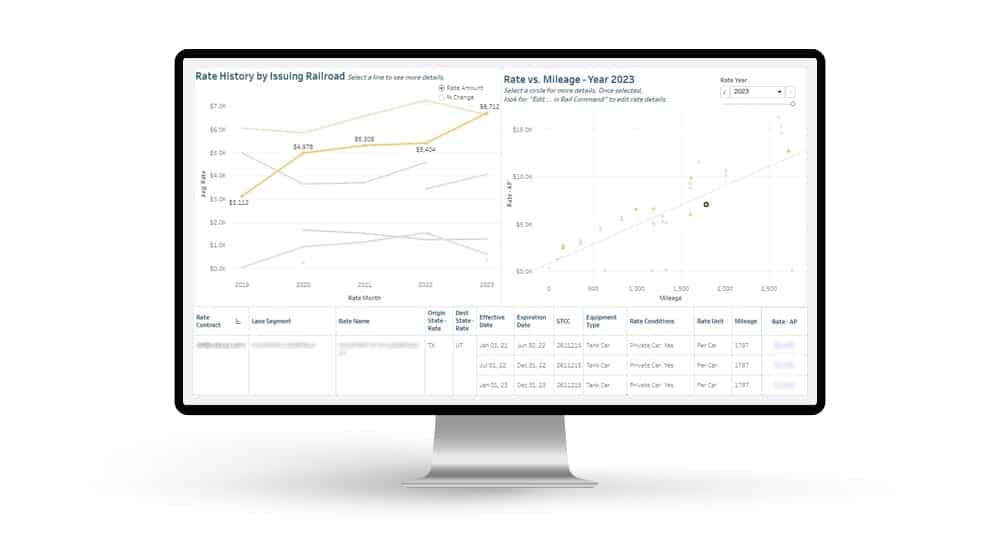 Receive notification of pending rate expirations. Tariff changes and fuel surcharges can be automatically updated.
Receive notification of pending rate expirations. Tariff changes and fuel surcharges can be automatically updated.